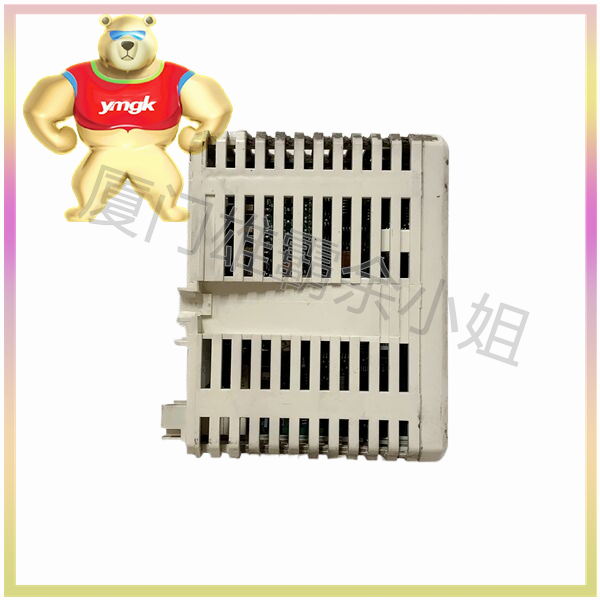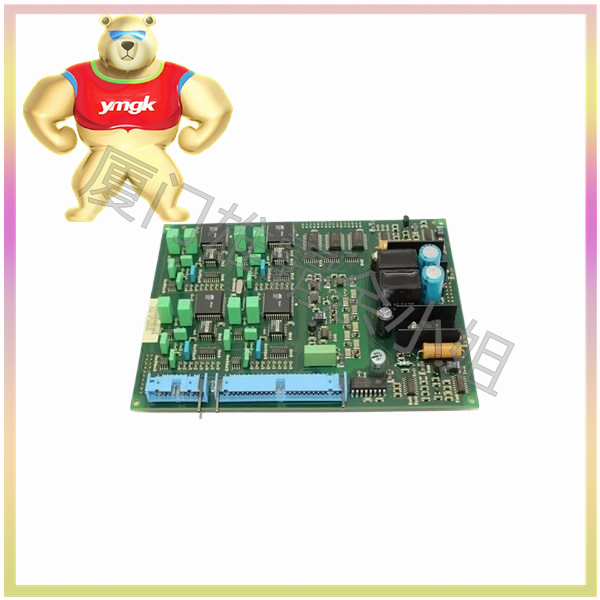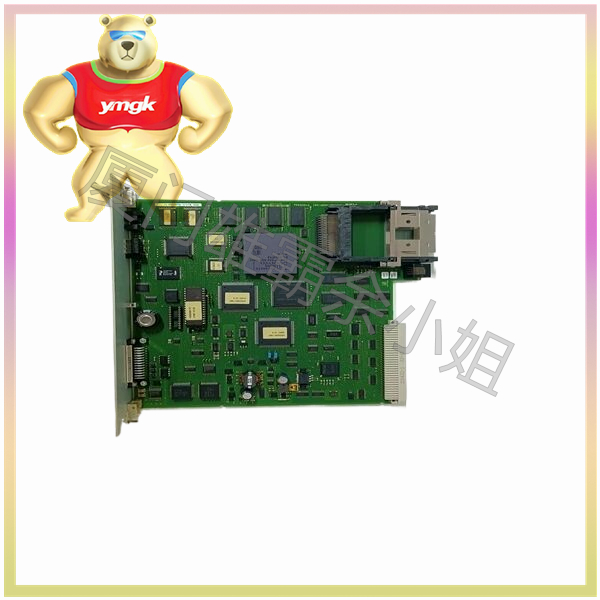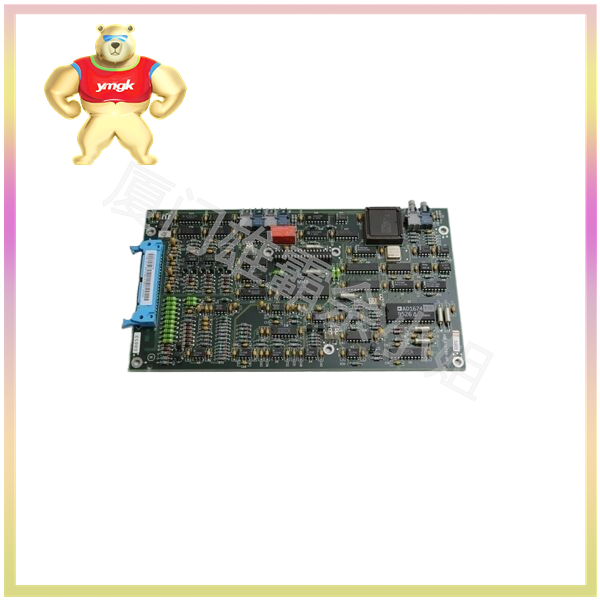1、 What is a thermal overload relay
Thermal overload relay is an overload relay that applies the principle of current thermal effect and uses electrical thermal sensitive bimetallic sheets as sensitive components, also known as thermal relay. The so-called electric thermosensitive bimetallic strip is made by heating and rolling two alloys with significantly different coefficients of linear expansion. When heated, the bimetallic strip bends from the high expansion layer (active layer) to the low expansion layer (passive layer). When the current exceeds the set value, the component will move due to “heat”, causing its linked breaking contact to cut off the power supply of the controlled circuit and the protected equipment.
There are various types of thermal overload relays used for motor overload protection. The thermal overload relay is easy to install and use, with comprehensive functions and low cost. It has been proven in practice to provide reliable protection for electric motors, so it has always played an important role.
Structural features
- There is a current regulating cam used to adjust the set current.
- There is a temperature compensation device to ensure that the operating characteristics remain basically unchanged within the surrounding medium temperature range of -20C to 60C.
- There is a reset adjustment knob to adjust the reset mode, which has two reset states: manual and automatic.
- There is a stretching spring flipping and jumping mechanism to ensure rapid and reliable contact movement.
- There is a differential phase failure/three-phase unbalance protection device.
- There is a detection slider/switch position indicator that simulates the tripping of a thermal relay and displays the action status. Check and ensure the correct wiring of the auxiliary circuit through this simulation method. When the marking on the slider is located at the “0” mark, it displays a trip, and at the “l” mark, it displays a work.
- There is a disconnect button. When the disconnect button is pressed, the normally closed contact opens the series contactor, disconnecting the load. After releasing the disconnect button, the load resumes operation through the contactor.
Scope of application
Scope of application of thermal overload relay: Thermal overload relay is mainly used for overload and phase failure protection of three-phase AC motors in circuits with AC 50Hz, rated insulation voltage of 660V, and current of 0.1-630A. And it can be combined with suitable AC contactors to form a starter, as shown in the outline diagram of the thermal relay appearance.
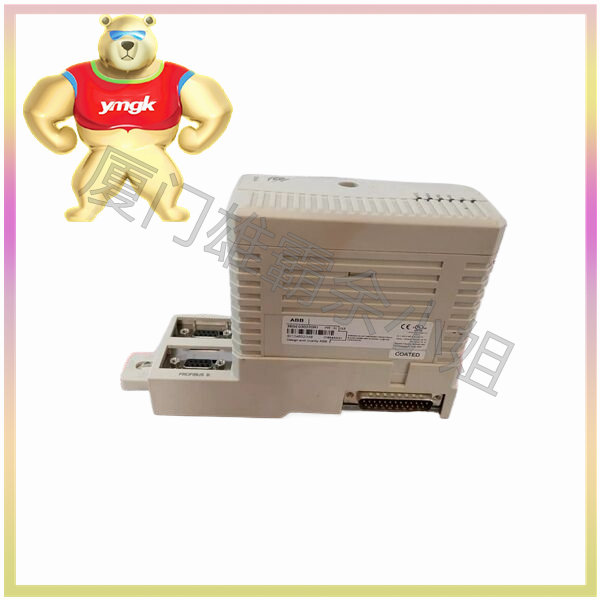
Precautions for use:
- Overload relays can only serve as overload protection for controlling motors and cannot serve as short-circuit protection.
- When installing, it is necessary to understand the rated current of the protected object, and the selected specifications must be+20% of the rated current.
- Usually installed directly after the starting contactor (Magnetic Switch) of the electric motor.
- When the current is too high or the load current exceeds the set value, the overload relay will be activated and the circuit will be disconnected. Although the circuit can be restored by resetting the button, if the overload relay of the device is activated, the set current cannot be arbitrarily increased. The cause of the overload should be investigated, otherwise it is very easy to burn out the protected device.
The working principle of a thermal overload relay is to utilize the different coefficients of expansion of the bimetallic elements connected in series in the circuit. When the current flowing through the circuit causes the bimetallic elements to heat up, the direction of bending of the metal elements changes due to the different coefficients of expansion, reaching the setting requirements. After that, the normally closed contact is disconnected and the circuit is cut off. It can only protect the circuit during overload and does not have functions such as short circuit and leakage. Leakage protection detects whether the current flowing in and out of the circuit is the same to determine if there is leakage. Normally, the current flowing in and out is equal, but when there is leakage, the current flowing in and out is not equal. After reaching the protection threshold, the circuit is cut off, and it is only a safety guarantee.
2、 Working principle of thermal overload relay
Thermal relay is a protective electrical device that uses the principle of current thermal effect to cut off the motor circuit and provide overload protection for the motor in the event of overload that the motor cannot withstand.
When the thermal relay is used for overload protection of the motor, the thermal element is connected in series with the stator winding of the motor, the normally closed contact of the thermal relay is connected in series with the control circuit of the electromagnetic coil of the AC contactor, and the setting current adjustment knob is adjusted to keep the herringbone lever and push rod at an appropriate distance. When the motor is working normally, the current passing through the heating element is the rated current of the motor. The heating element heats up, and the bimetallic strip bends after being heated, causing the push rod to just make contact with the herringbone lever but unable to push the herringbone lever.
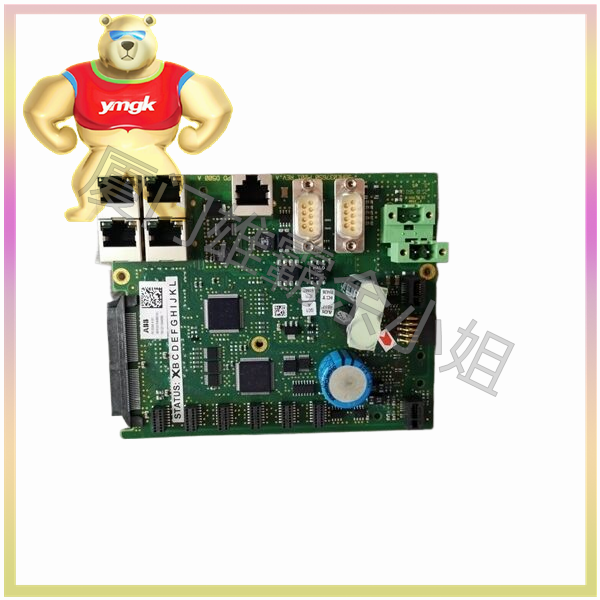
The normally closed contacts are in a closed state, the AC contactor remains engaged, and the motor operates normally. If the motor is overloaded, the current in the winding increases, and the current in the thermal relay element increases, causing the temperature of the bimetallic strip to rise higher and the degree of bending to increase. This pushes the herringbone lever, which in turn pushes the normally closed contacts, causing the contacts to disconnect and the AC contactor coil circuit to be disconnected. This releases the contactor, cuts off the power supply to the motor, and the motor stops for protection.
3、 The function of thermal overload relay
- Under normal circumstances, connect and disconnect the no-load and load currents in high-voltage circuits.
- In the event of a system failure, it can cooperate with protective and automatic devices to quickly cut off the fault current, prevent the accident from escalating, and ensure the safe operation of the system.

